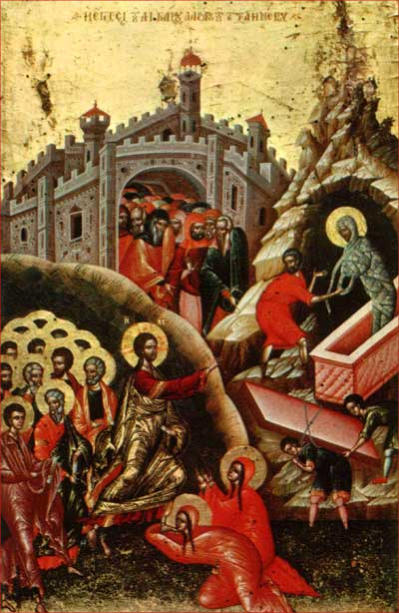
1038, 1042, 1078
Michael Attaleiates:
The First Byzantine References
Michael Attaleiates was a Byzantine lawyer and historian who rose to high office under the emperors Romanus IV (r. 1067-1071) and Michael VII (r. 1071-1078). His 'History', covering the years 1034- 1079, is a largely eyewitnessed account of political and military events in the Byzantine Empire. It was during this period that the Byzantine Greeks first took note of the Albanians as a people. When the Emperor Michael (1), who passed away in piety and whose home is known to have been the province of Paphlagonia, took up the sceptre of the Byzantine Empire, the Agarene (2) people in Sicily in the West were defeated by Byzantine naval and land forces. And had not the well-known George Maniakes, who had been entrusted with the general command, been eliminated on the slanderous accusation that he was hungry for power, and had not the military command of the war been transferred to others, that large and renowned island, blessed with large cities knowing no lack of precious goods, would still be under Byzantine control. Now, however, jealousy has destroyed not only the man and his endeavours, but also that enormous undertaking (3). For when subsequent commanders made base and shameful plans and decisions, not only was the island lost to Byzantium, but also the greater part of the army. Unfortunately, the people who had once been our allies and who possessed the same rights as citizens and the same religion, i.e. the Albanians and the Latins, who live in the Italian regions of our Empire beyond Western Rome, quite suddenly became enemies when Michael Dokenianos insanely directed his command against their leaders... Constantine IX Monomachos (4) proved to be more benevolent on the imperial throne than his predecessor. He conveyed imperial honours and gifts to almost everyone with ambition, and delighted his subjects. Suddenly storm clouds gathered in the West and threatened him with nothing less than destruction and expulsion from the throne. The aforementioned George with the surname Maniakes, thirsting for blood, began an uprising in the Italian part of the Empire with Byzantine and Albanian soldiers there, being offended because the emperor had shown him a lack of respect and fearing the emperor in view of previous hostilities. He caused great turmoil in the rest of the army opposing him and took it over. After having set up his camp at a two days' march from Thessalonika, he made his attack on the imperial camp in the evening... When this had taken place and the usurpers had gradually calmed down, another disaster began to take its course and to spread like a poisonous weed intent on destroying the crops. The danger came from the city of Epidamnus (Durrës). The Protoprohedros Duke Basiliakes, who had been sent there by the emperor, having succeeded in avoiding Bryennius and withdrawing from Adrianopole, took over Durrës and assembled an army there from all the surrounding regions. By soliciting support for his side by means of substantial gifts, he succeeded in having the Franks enter his territory from Italy and attempted to make use of them for his side. By various pretences and means, he collected money from everyone under his order and command, set up a list and used as a pretext for this arms buildup the fact that he intended to attack Bryennius as a renegade. Once he had ensured that he had indeed assembled a large army and forces fit for action, composed of Byzantine Greeks, Bulgarians and Albanians and of his own soldiers, he set off and hastened to Thessalonika... (1) Michael IV (r. 1034-1041). (2) i.e. the Arabs. (3) i.e. the recapture of Sicily in 1038-1040. (4) Constantine IX (r. 1042-1055). [Extracts from: Michaelis Attaliotae: Historia, Bonn 1853, p. 8, 18, 297. Translated by Robert Elsie. First published in R. Elsie: Early Albania, a Reader of Historical Texts, 11th - 17th Centuries, Wiesbaden 2003, p. 4-5.]




"The Resurrection of Lazarus",
Byzantine icon painted by Onufri (Onouphrios),
16th cent. Museum of Mediaeval Art in Korça


| Robert Elsie | AL Art | AL History | AL Language | AL Literature | AL Photography | Contact |